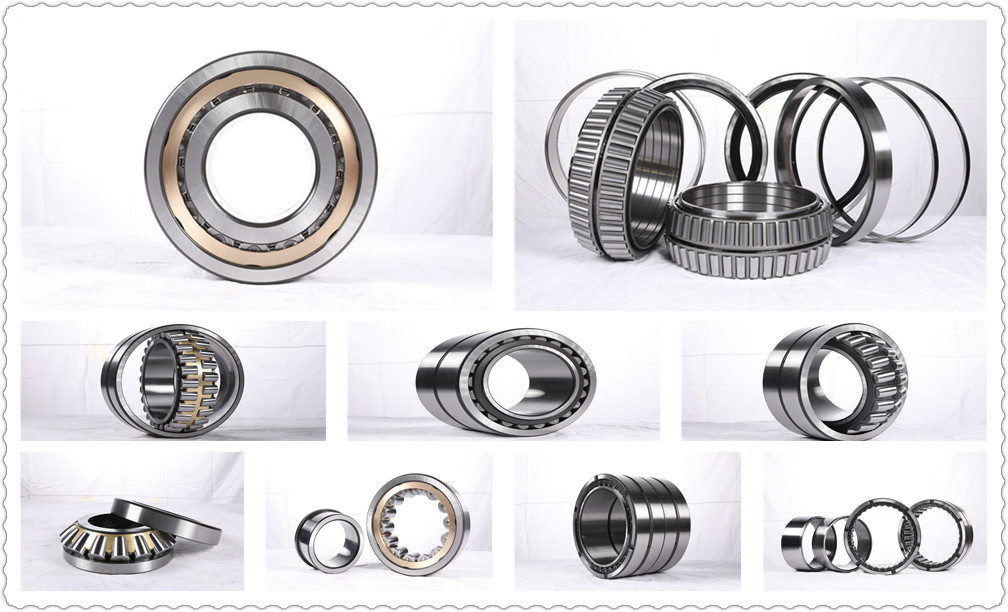The Essential Guide to Roller Bearing Applications: Maximizing Efficiency and Performance
Roller bearings play a crucial role in various industries, providing efficient and reliable rotational motion to countless applications. From automotive and aerospace to manufacturing and heavy machinery, roller bearings are indispensable components that ensure smooth and precise operation. In this comprehensive guide, we will explore the diverse applications of roller bearings, highlighting their benefits and offering insights into optimizing their performance. Whether you're an engineer, a maintenance professional, or simply curious about this essential mechanical component, this article will equip you with valuable knowledge.
Understanding Roller Bearings
Before delving into specific applications, it's essential to understand the fundamentals of roller bearings. Roller bearings are mechanical devices designed to reduce friction and facilitate rotational motion between two moving parts. They consist of an inner race, an outer race, and rolling elements, which can be cylindrical, tapered, or spherical in shape.
Automotive Applications
In the automotive industry, roller bearings find extensive use in various components, including wheels, engines, transmissions, and differentials. Their ability to handle heavy loads, endure high speeds, and operate under extreme temperatures makes roller bearings ideal for enhancing vehicle performance and reliability. Whether it's reducing friction in wheel hubs or supporting crankshafts, roller bearings contribute to smooth and efficient operation on the road.
Aerospace Applications
Roller bearings are crucial in the aerospace industry, where precision, reliability, and weight reduction are of paramount importance. These bearings are used in aircraft engines, landing gears, flight control systems, and auxiliary power units. By minimizing friction and ensuring precise motion, roller bearings contribute to fuel efficiency, safety, and the overall performance of aircraft, allowing for smooth takeoffs, landings, and in-flight operations.
Industrial Machinery Applications
The industrial sector extensively relies on roller bearings for a wide range of applications. From heavy machinery such as turbines, compressors, and pumps to conveyor systems, printing presses, and robotics, roller bearings provide reliable support and rotational motion. Their ability to handle heavy loads and endure harsh operating conditions makes them indispensable in maximizing productivity and minimizing downtime in manufacturing and industrial settings.
Benefits of Roller Bearing Applications
Roller bearings offer several key advantages in various applications. Firstly, they reduce friction, which leads to lower energy consumption and increased efficiency. By minimizing wear and tear, roller bearings also contribute to longer equipment lifespan and reduced maintenance costs. Furthermore, roller bearings provide excellent radial and axial load capacity, ensuring stable and precise motion even under heavy loads. These benefits make roller bearings an ideal choice for industries where reliable performance is paramount.
Optimizing Roller Bearing Performance
To maximize the efficiency and longevity of roller bearings, proper installation, lubrication, and maintenance are crucial. Regular inspections, monitoring of operating conditions, and timely replacements of worn-out bearings are essential practices. Additionally, selecting the appropriate bearing type, size, and material for specific applications can significantly enhance performance and reliability. Consulting with experts and adhering to manufacturer guidelines are essential steps in optimizing roller bearing performance.
Roller bearings are indispensable components across a wide range of industries, providing reliable rotational motion and maximizing efficiency. From automotive and aerospace to industrial machinery, these mechanical marvels play a critical role in ensuring smooth operation and minimizing downtime. By understanding the diverse applications of roller bearings and following best practices for installation and maintenance, industries can harness their benefits to achieve enhanced performance and productivity.



Comments
0